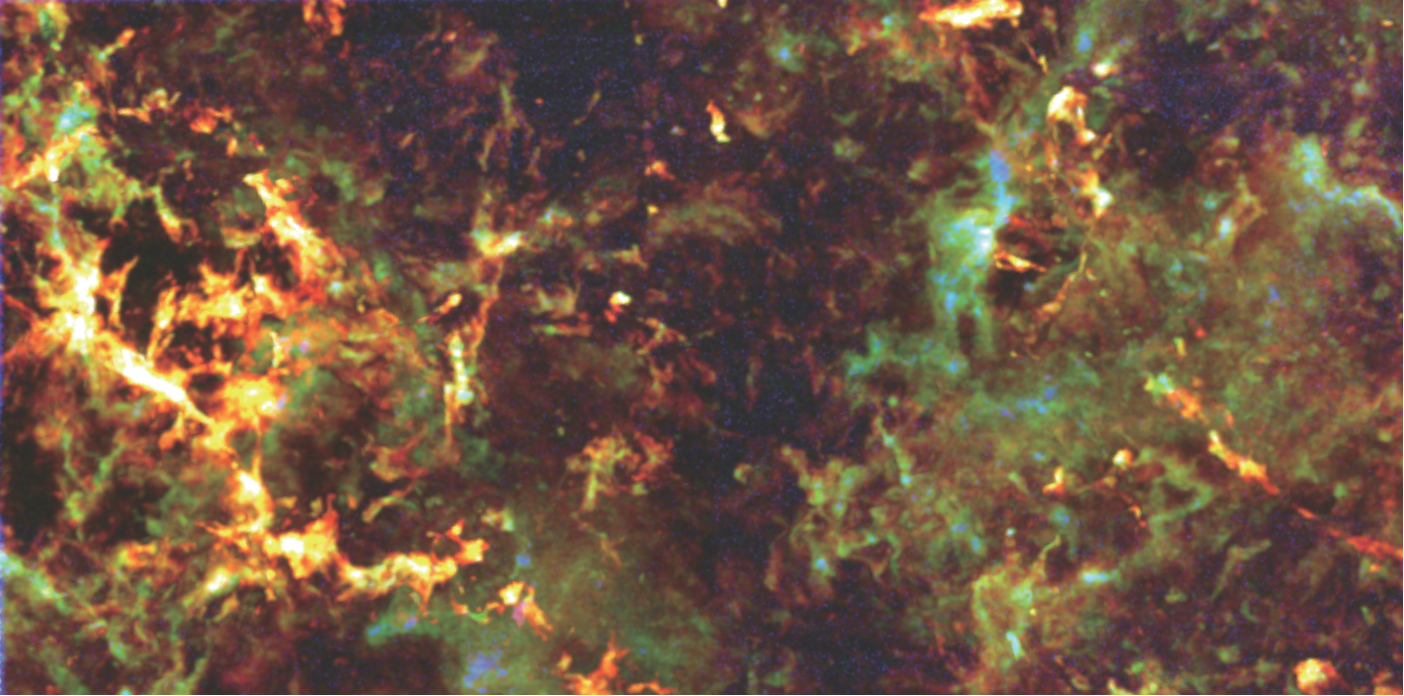 Nov 21, 2019
Press Release
Nov 21, 2019
Press Release
 Sep 30, 2019
Press Release
Sep 30, 2019
Press Release
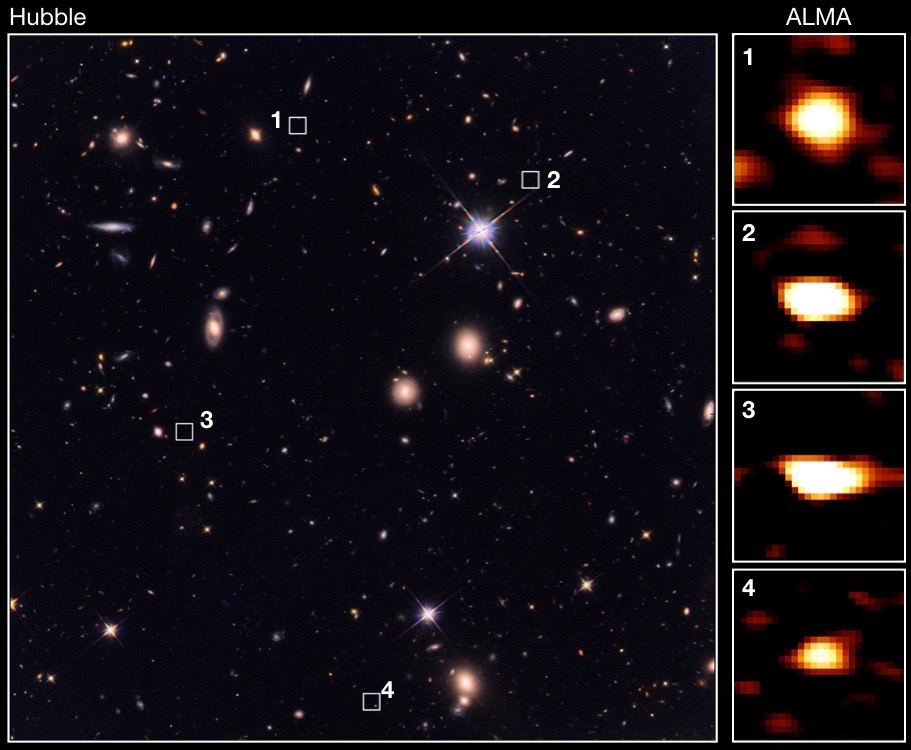 Aug 8, 2019
Press Release
Aug 8, 2019
Press Release
 Aug 6, 2019
Press Release
Aug 6, 2019
Press Release
 May 30, 2019
Press Release
May 30, 2019
Press Release
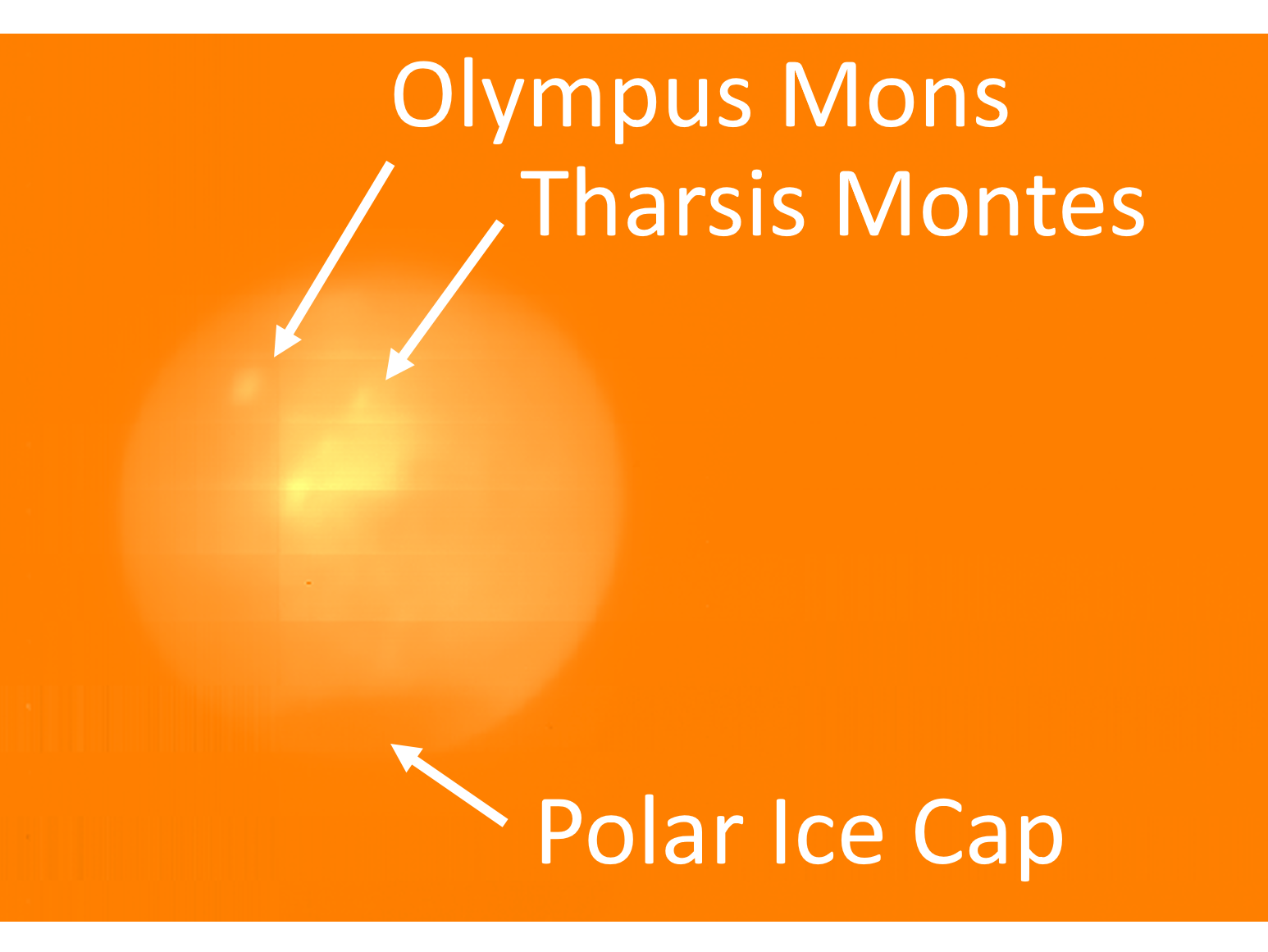 Jul 3, 2018
News
Jul 3, 2018
News
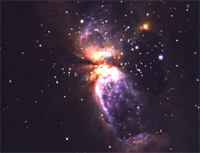 May 30, 2018
News
May 30, 2018
News
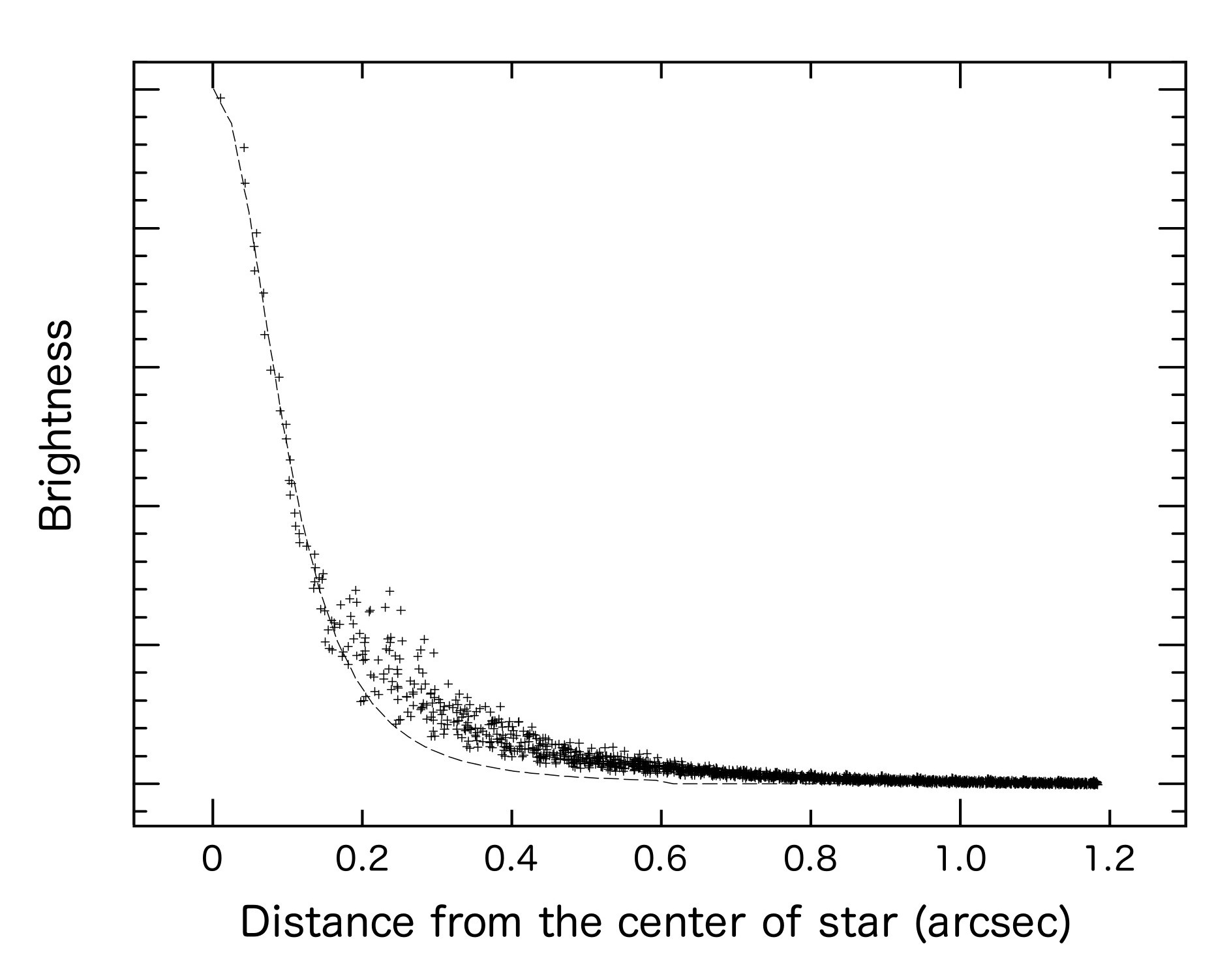 Apr 6, 2018
News
Apr 6, 2018
News